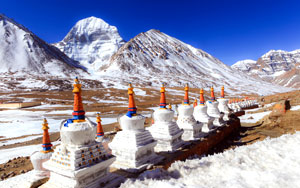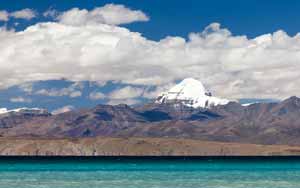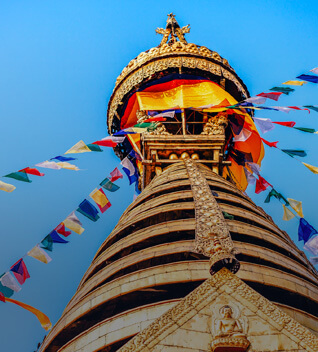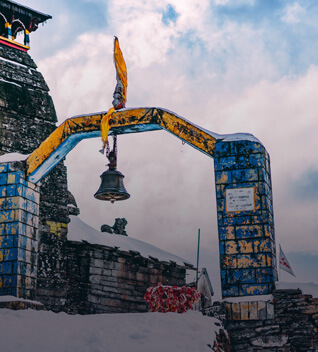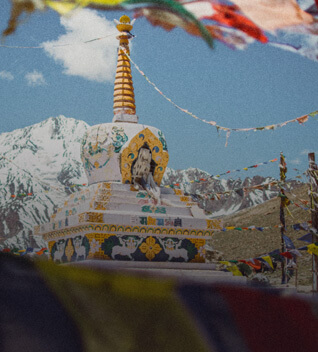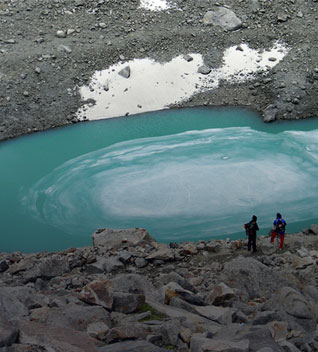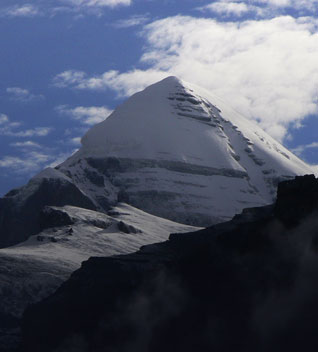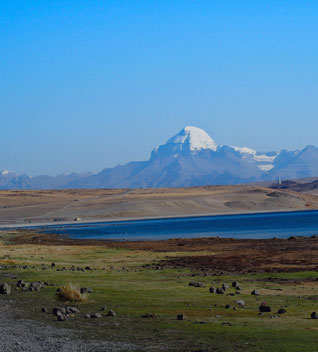Religious Significance of Kailash Mansarovar - Why and How It Is Important
Mount Kailash and Lake Mansarovar are sacred pilgrimage sites for four religious – Hinduism, Jainism, Buddhism and Bon. Located adjacent to each other, the lake and the area that surrounds the mountains are the source of four major rivers – Ganga, Sutlej, Brahmaputra, and Indus. People who stay here consider Mansarovar as their mother for her role in feeding them. Kailash is the abode of Lord Shiva – destroyer of evil and viewed as the father.
According to religious belief, Lord Shiva lived at the Mount Kailash summit, practicing yogic austerities.
The holy ritual of moving around this sacred area is 52 km circuit in order to attain salvation and is done in a clockwise direction by Hindus and Buddhists, while Bons and Jains do it counter-clockwise. This ritual is known as Parikrama or Kora and takes three days to complete it.
The most challenging and hard part of this Parikrama is crossing the famous Dolma-La Pass between two valleys. Yamasthal should be crossed to reach the Shivasthal. Pilgrims and tourists do holy offerings of old clothes, drops of blood and even strands of hair hoping Yamraja will accept these offerings and allow the pilgrims or Yatries born in spirit and cross the famous Dolma-La Pass. On the way, you will find Gauri Kund and Parvati-sthal. The Dolma-La Pass is filled with Tibetan flags.








